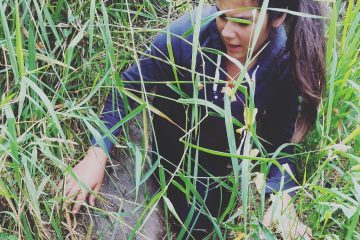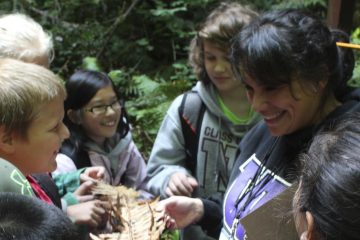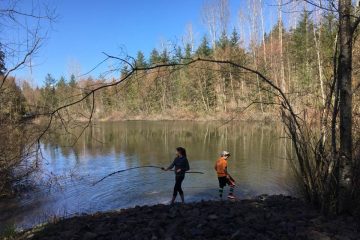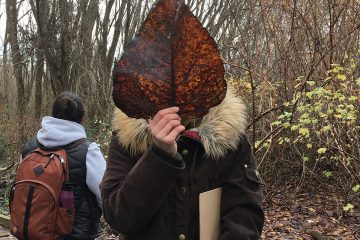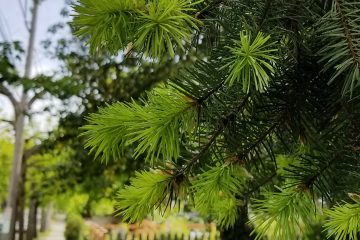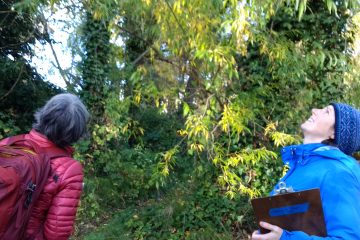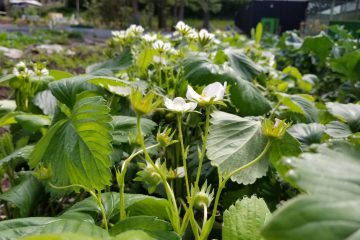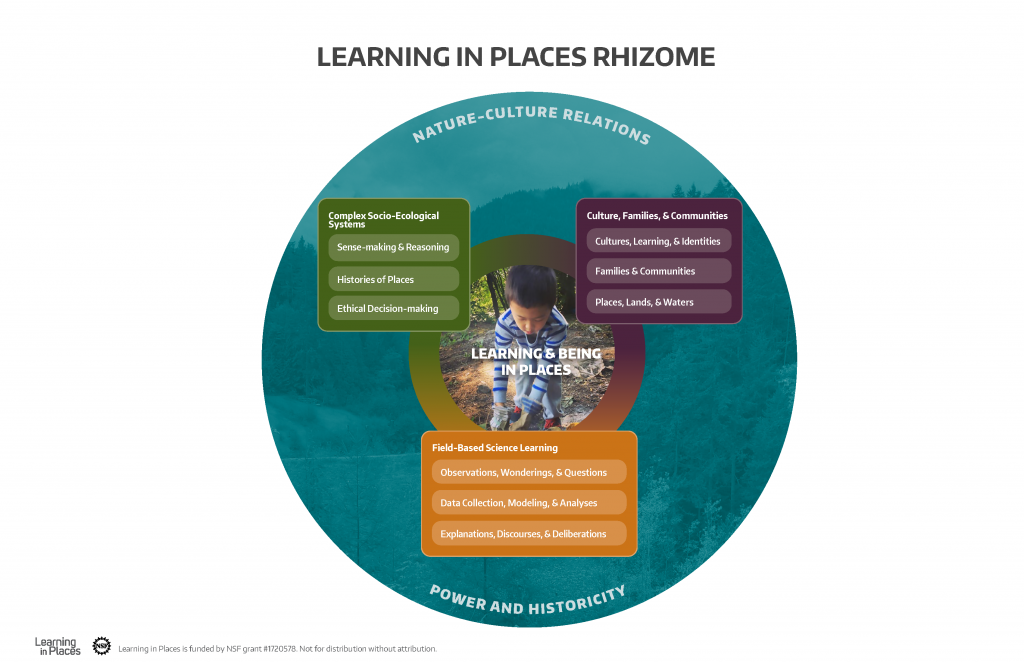- There have been significant shifts in some fundamental understandings of the ways that human beings learn. Increasingly, the emphasis is on learning with understanding rather than memorization. While knowing facts is important, useable knowledge is better.
- All people come to activities with a range of prior knowledge, experiences, beliefs, skills, values, and interests (2). These, in turn, affect ones’ abilities to remember, reason, problem-solve, and acquire new knowledge (3). Whether intentionally or not people connect and make sense of new experiences and knowledge in relation to previous experiences and knowledge.
- Thus, learning happens most efficiently when teachers actively engage students’ prior knowledge and view it as an asset for learning rather than a problem to overcome (4). This has been referred to as engaging students funds of knowledge (5). This can and often does include instruction in a student’s first language.
Participatory Design Research
This project aims to re-envision the places of science learning by engaging in a place-based participatory design research (PDR) project with teachers, families, administrators, garden coordinators, and researchers. This project emphasizes processes of partnership (co-designing) and role re-mediations in the design and implementation of learning.
Who participates in design, how design processes occur, and what relational dynamics are prioritized shape the opportunities for learning that are enacted.
PDR aims to expand predictable patterns of roles, relations, and powered decision-making towards critical role re-mediations that empower non-dominant families & communities.
Family & Community Leadership & Expertise
Family and community engagement and leadership is necessary to creating and sustaining culturally-relevant and academically stimulating places for learning.1-3 As such, many learning environments such as schools are required to incorporate family and community engagement in their programs, yet rely on outdated and inequitable forms of partnering that can actually disengage many families and communities. In particular, nondominant individuals, families, and communities – or those marginalized and excluded due to race, language, socioeconomic status, gender identity, sex, and sexual orientation, etc. – are often most impacted by educational decisions, yet least likely to participate in the decision-making process. For example, funding decisions; curricular adoption, design, and implementation; and educator hiring and training are just a few examples that matter in the educational lives of students and their families and communities.This brief synthesizes promising research that leverages family and community knowledge and expertise and provides some key practices to supporting engagement and leadership. In particular, this brief focuses on collaborating with families and communities in science, technology, engineering, and mathematics (STEM) curricular design and implementation.
Complex Systems Thinking
- Understanding complex socio-ecological systems is increasingly important in a world that is socially and ecologically shifting at rapid rates.1 For example, it is important to understand and be able to reason about patterns in the Earth’s climate or diversity of life. Systems reasoning, or being able to understand properties and behaviors of systems, is an academic demand in science learning environments.2 Complex systems, such as traffic patterns or the stock market, are web-like, have emergent properties, and are self-organizing across time and space.3 Complex ecological systems, such as a coral reef or forest, refer to natural systems and the dense web of relationships and interactions of which they are comprised. Finally, socio-ecological systems include humans, and consider the relationships between human systems and ecological systems.
- Researchers have begun to identify reasoning patterns that support complex socio-ecological systems thinking, and some conceptual frameworks, activities, and practices that can support these. These patterns include: abductive or probabilistic reasoning (considering multiple variables affecting a phenomenon);16 mechanistic reasoning (attending to multiple causal mechanisms behind processes);14, 16 and reasoning from multiple perspectives (seeing the same phenomenon from multiple roles and relationships).22
- Teachers and families play critical roles in supporting learning about complex socio-ecological systems. It is important to bring in non-dominant student’s family and community perspectives, experiences, and expertise to diversify scientific practices. Sharing family and community knowledges or practices also help make complex socio-ecological systems visible and relevant in children’s lives.
Socio-ecological Decision Making
Socio-ecological decisions are those made by individuals, communities, organizations, and institutions that are informed by and impact the natural world. These decisions are affected by relationships between humans and the natural world, what is called “nature-culture relations”.
Nature-culture relations often vary by culture, context, and society, and affect which socio-ecological decisions are made and enacted. Understanding the connections between humans and the natural world is imperative for creating and sustaining socially and environmentally just decisions.
Phenology
Phenology is the study of seasonal impacts on plant and animal life cycles – including humans.
Learning more about phenology can help us think about complex social – ecological systems and human relations with the natural world and the decisions we make daily and over time. Through our Field Based Seasonal Storyline, we learn more about how seasons shape and reflect our relationship to the natural world.
Connecting Phenology to the Classroom
How are we Studying Phenology in Learning in Places?
Students
For K-3 students, the study of phenology serves as a lens through which family and cultural experiences, and Next Generation Science Standards (Science and Engineering Practices, Disciplinary Core Ideas, and Crosscutting Concepts) can all be investigated. Students can practice everything from observing phenomena to asking questions to analyzing data to communicating information. Phenology touches the physical, life, earth and space science, as well as engineering, technology, and applications of science. Furthermore, patterns, cause and effect, etc. can all be seen in phenology. Studying seasonal changes based on students’ wonderings provides a path toward “engaging all students in both meaningful learning and socio-ecological decision making.”
Families
For families, seasonal changes provide touch points for all cultures and communities. Every family has stories that map onto the change of seasons, and many people’s understandings of nature come through these stories. When these unique perceptions of nature show up in the classroom, students can engage in more culturally relevant science learning. As research has shown, family and community engagement and leadership is necessary to creating and sustaining culturally-relevant and academically stimulating places for learning. Learning in Places engages families’ knowledges and practices throughout the storyline by embedding learning opportunities that connect investigation to families’ home lives and communities.
Co-Designing Storylines
Using the Field Based Science Seasonal Storyline framework, teachers can co-design yearlong investigations with students and families. By eliciting stories and curiosities from students, classes can go outside on wondering walks that provide phenomena for further study. These can be developed into questions and models that provide predictions that can further refine models. After going on wondering walks with families, this process will generate new questions that will prepare students for data collection. This data will be analyzed and models then revised once again. Rinse and repeat as necessary. Eventually, students can use their data and models to construct explanations about the seasonal phenomena that they have investigated, and share these insights as experts. To summarize, we will start with what students and families wonder about, continue with what they want to learn about, and build an investigation around the questions that will help them learn about their wonderings.
Resources
Readings
- Wolf, Zavaleta, & Selmants. (2017). Flowering phenology shifts in response to biodiversity loss. PNAS
- Forrest J. & Rushing A. J. (2010). Toward a synthetic understanding of the role of phenology in ecology and evolution. Philosphical Transactions of the Royal Society B 365, 3101-3112.
- Visser, M. E., Caro, S. P., van Oers, K., Shcaper, S. V., & Helm, B. (2010). Phenology, seasonal timing and circannual rhythms: Towards a unified framework. Philosophical Transactions of the Royal Society B, 365, 3113-3127.
- Chuine, I. (2010). Why does phenology drive species distribution? Philosophical Transactions of Royal Society B, 365, 3149–3160.
Learning Briefs
All files are in PDF format.
Suggested Citation Format
Learning in Places Collaborative (2018). Learning Brief: Issue x: Title. Bothell, Seattle, WA & Evanston, Il: Learning in Places.
Example: Learning in Places Collaborative (2018). Learning Brief: Issue 3: Seeing and Reasoning about Complex Socio-Ecological Systems in the Early Grades. Bothell, Seattle, WA & Evanston, Il: Learning in Places.
